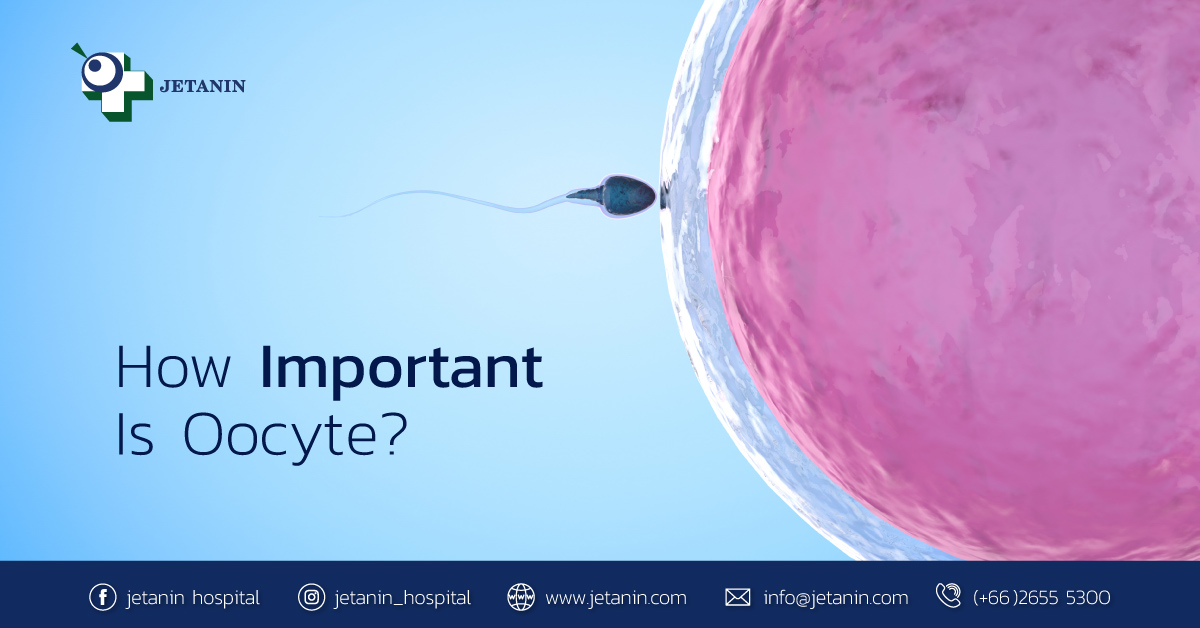
One of the key factors of having a baby is the oocytes. These germ cells are simply called ‘the eggs.’ Naturally, women create the most eggs when they have just been born, but these eggs are not readily functional until they reach their puberty. The hormone secreted by the pituitary gland will stimulate the full growth of some eggs during each menstruation. If these grown eggs are not fertilized, they are eventually disposed from the body, resulting in a decline of egg count.
Each woman has different oocytes based on several factors like their age, genes, lifestyle, diet, and chemicals in their body.
Here we will be discussing about the common features of oocytes, particularly their physical appearances in size and shape.
Homogeneous cytoplasm is a normal oocyte commonly
found in healthy adult women. This is a quality oocyte ideal for conception to develop into embryo.
Centrally Located Granulation of the Cytoplasm (CLGC)
has dense granule clustered at the cytoplasmic center. Studies suggest that this type of oocyte causes aneuploidy that often results in miscarriage.
Cytoplasm with Smooth Endoplasmic Reticulum Cluster (SERC)
has fluid-filled vacuoles inside. This type of oocyte is proven to be less likely to develop into blastocysts and implant. The occurrence of SERC impairs embryo implantation, thus inappropriate for transfer.
Cytoplasm with several small vacuoles distributed
throughout the oocyte. Small vacuoles of 5 – 10 μm in diameter are unlikely to have a biological consequence, whereas large vacuoles >14 μm are associated with fertilization failure. In oocytes that are fertilized, those vacuoles that persist beyond syngamy can interfere with cleavage planes, resulting in a lower blastocyst rate.
Studies suggest that the features of oocytes can partly predict the likeliness of reception or embryonic development, but unable to indicate the genetic abnormality. Egg freezing technology is an interesting option for a woman who is not ready, but plans to have a baby in the future to preserve her chances of having a biological child.
Written by
Rawiwan Teoparnitcharoen
Medical Technician, Embryo Laboratory
Jetanin Hospital
JETANIN Journal Vol.10 No.1
